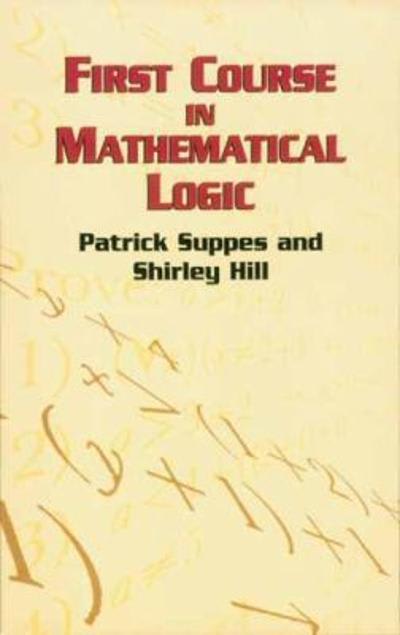1) (1 PT) Explain why the restriction n # -1 is necessary in the rule J x" dx = = 72+7 + C. 2) (10 PTS) Find the following. Write all answers with only positive exponents. a. (3 PTS) J (7+ +8) dx b. (4 PTS) (15xVx + 2) dx C. (3 PTS) (6x-16 - 3x-1) dx 3) (4 PTS) Find the cost function if the marginal cost function is C'(x) = 0.2x2 + 5x and the fixed cost is $15.4) (5 PTS) Life Science Application: If the rate of excretion of a biochemical compound is given by f'(t) = 0.01e-0.014, then the total amount excreted by time t (in minutes) is f (t). a. Find f (t) if 0 units are excreted at t = 0. b. Use your function from part (a) to find how many units are excreted in 10 minutes. 5) (6 PTS) Economics Application: The function defined by f'(t) = -0.2048t + 3.5457 approximates marginal U.S. nonfarm productivity from 2000 to 2013. Productivity is measured as total output per hour and & is the number of years since 2000. a. Find the function that describes total productivity in year & if productivity had a measure of 100 in the year 2000. b. Use your function from part (a) to predict the productivity at the end of 2013. C. The productivity for 2013 actually measured 137.2. How far off was your prediction?10) (8 PTS) Can you use the "mental substitution" techniques (last page of 7.2 notes) on any of the following problems? If so, find the antiderivative. If not, explain why those rules don't apply to that problem. 2 a) 6 - x dx b) ett dx c) V5x - 4 dx d) 5x3 - 4 dx 11) (10 PTS) The rate of growth of the profit (in millions of dollars) from a new technology is approximated by P'(x) = xe"*", where x represents time measured in years. The total profit in the third year that the new technology is in operation is $10,000. a. (8 PTS) Find the total profit function. (Be careful! When the profit in the third year is $10,000, that means P(3) =?? Be careful with the units!) Round any numbers you find in your problem to two decimal places. b. (2 PTS) What happens to the total amount of profit in the long run? (Hint: Find lim P(x).)Sections 7.1 and 7.2 are the basis for almost all of the rest of the topics in this course. Just like you needed to practice lots of derivative problems when we studied Chapter 4, you will need to spend a lot of time practicing the integral problems from 7.1 and 7.2 (and 8.1 when we get there). When doing derivatives, you always needed to ask yourself what rules you needed to use and in what order. With integrals you also need to ask yourself what rules you need to use - and simplify first when you can! Always look for a way to simplify your integrand using algebra to make the integral easier to find. In the following problems you will need to find each indefinite integral - some will require substitution, some won't. If you need to use substitution, make sure you write out what u and du are equal to. Also, don't forget to write your final answer in terms of x (or whatever your original variable was). 6) (5 PTS) x2 _ 6 dx 7) (3 PTS) x2 (50x + 30) dx 8) (5 PTS) 8x + 7 (12x2 + 21x)5 dx V5 + In x 9) (4 PTS) dx X










